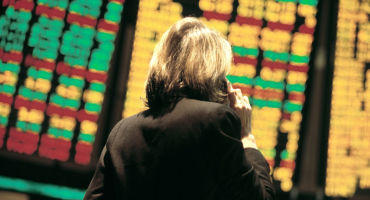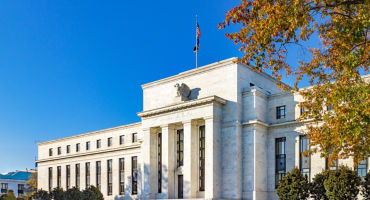Skip to main content
- Funds
- Insights
- Capabilities
- About Us
- My Account
Our Funds
Fund Documents
Global Multi-Strategy Fund
The views expressed are those of the author at the time of writing. Other teams may hold different views and make different investment decisions. The value of your investment may become worth more or less than at the time of original investment. While any third-party data used is considered reliable, its accuracy is not guaranteed. For professional, institutional, or accredited investors only.
With consumers and governments across Europe facing stiff energy price increases in the near term, I recently spent some time in Berlin seeking to understand the energy and climate policies likely to be pursued by Germany over the coming decade. I found that the government has maintained its resolve to move away from fossil fuels and even nuclear power in the medium term, and to embrace renewables. My conversations revealed a stoic calmness in the face of the crisis brought on by the Russian invasion of Ukraine, as officials work to create and systematically execute their plans — and perhaps even accelerate the move toward greater electrification of the economy.
While Germany’s move from fossil fuels to renewables has been made more challenging by recent events, with natural gas prices up substantially more than most would ever have imagined, I came away from my trip convinced that the country’s commitment to this transition remains strong.
Read more from Wellington on economic developments and issues related to climate and sustainability.
Featured Unique Perspectives

The spending bubble driving corporate profits looks set to burst
US corporate profits have been fueled by government deficits, low rates, and consumption — drivers now at risk, raising questions about the sustainability of market valuations.

Oil: The real influencer in the Venezuela intervention
Multi-asset Strategist Nanette Abuhoff Jacobson details the role of oil in the recent events in Venezuela and shares the investment implications.

Geopolitics in 2026: Risks and opportunities we’re watching
Geopolitical Strategist Thomas Mucha shares his outlook, highlighting conflicts to watch, the importance of national security, and investment opportunities.

FOMC: Easing into uncertainty
Fixed Income Portfolio Manager Jeremy Forster profiles the Fed's December rate cut, labor market trends, inflation pressures, and the role of anticipated changes to FOMC leaders in 2026.

Private credit outlook for 2026: 5 key trends
Our private credit experts discuss five themes driving the asset class’s 2026 outlook, including public/private convergence, changing credit profiles, the growth of retail, and much more.

The rising tide of AI: How it could lift US productivity, growth, and profits
From an economic and market standpoint, a lot is riding on the future of artificial intelligence. Macro Strategist Juhi Dhawan sees plenty of reasons for excitement but also a need for patience along the way.

Are hedge funds the missing ingredient?
Inflation, volatility, and valuations — they all raise questions about portfolio diversification and resilience. Multi-Asset Strategists Nanette Abuhoff Jacobson and Adam Berger explain why multi-strategy and equity long/short hedge funds could provide the answers. They offer insights on adding allocations to a traditional portfolio mix and a recipe for manager selection.

Rapid Fire Questions with Ross Dilkes
In this edition of “Rapid Fire Questions,” fixed income portfolio manager Ross Dilkes shares his views on the Asia credit market—covering the macro outlook, China’s momentum, the most compelling opportunities across the region, and key risks shaping the next 12 months.

Investing in 2026: prepare for inflationary growth
Macro Strategists John Butler and Eoin O'Callaghan share their annual macro outlook and discuss likely implications for markets and investors. They outline four potential scenarios graded by level of probability.

Is all that glitters still gold?
Gold has delivered impressive gains thus far in 2025, but what does that say about market risks and the recent strong returns of stocks? Multi-Asset Strategist Nanette Abuhoff Jacobson offers her take on the precious metal and the case for diversification in today’s market.
URL References
Related Insights
Monthly Market Review — November 2025
A monthly update on equity, fixed income, currency, and commodity markets.
By